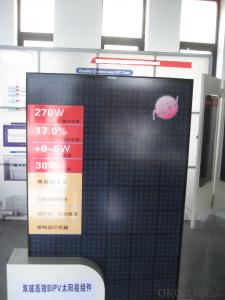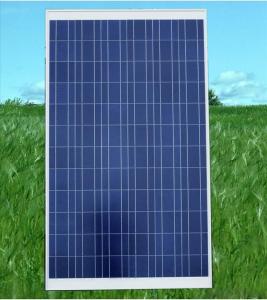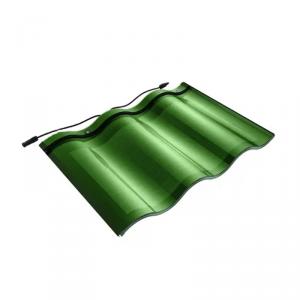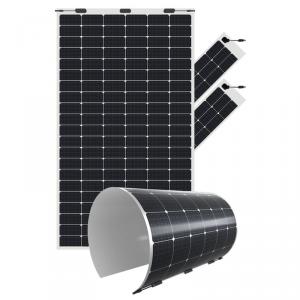Bidirectional Solar Inverter
Bidirectional Solar Inverter Related Searches
Bipolar Solar Inverter Dual Solar Inverter Dual Inverter Solar Dual Input Solar Inverter Hybrid Solar Inverter Solar Solar Inverter Portable Solar Inverter Bifacial Solar Module Solar Based Inverter Solar Direct Inverter Direct Solar Inverter Solar 2kw Inverter Solar Photovoltaic Inverter Residential Solar Inverter Inverter Solar Inverter Hybrid Solar Solar Rechargeable Inverter Hybrid Solar Power Inverter Smart Solar Inverter Portable Solar Power Inverter Hybrid Inverter Solar 2kw Solar Inverter Solar Hybrid Inverter Domestic Solar Inverter 2 Kilowatt Solar Inverter Solar Smart Inverter Intelligent Solar Inverter Battery Solar Inverter High Efficiency Solar Inverter Power Solar InverterBidirectional Solar Inverter Supplier & Manufacturer from China
Bidirectional Solar Inverters are advanced power conversion devices designed to facilitate the efficient transfer of energy between solar panels and electrical grids or batteries. These inverters are engineered to handle both AC and DC power, enabling them to convert solar energy into usable electricity and also recharge batteries when necessary. They play a crucial role in modern renewable energy systems, ensuring that energy is managed effectively and utilized optimally.The application of bidirectional solar inverters spans across various usage scenarios, including residential, commercial, and industrial settings. They are particularly useful in off-grid systems, where they help maintain a stable power supply by charging batteries during the day and discharging them at night. Additionally, these inverters are employed in grid-tied systems to manage excess solar power, either by feeding it back into the grid or storing it in batteries for later use. This dual functionality makes bidirectional solar inverters a versatile choice for a wide range of energy management needs.
Okorder.com is a reputable wholesale supplier of bidirectional solar inverters, boasting a large inventory to cater to the diverse requirements of customers worldwide. The company is committed to providing high-quality products at competitive prices, ensuring that customers have access to reliable and efficient energy management solutions. With a focus on customer satisfaction and continuous improvement, Okorder.com is a trusted source for bidirectional solar inverters and other renewable energy components.
Hot Products


















































